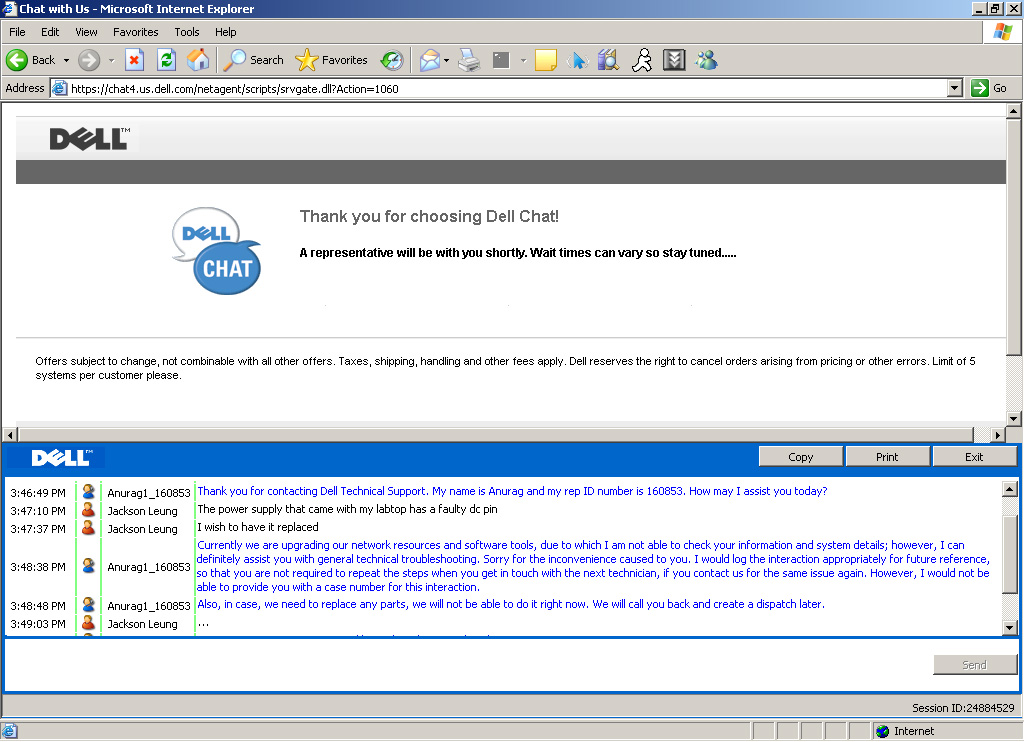There really is no particular order in this list:
- Randy Pausch
- Albert Einstein
- Stephen Hawking
- Sun Tzu
- Bruce Lee
- Jet Li
- Stephen Chow
Today, I after watching Stephen Hawking lecture on “The Big Question”, I found a new appreciation for this man. He can only communicate through twitching his cheek, the other parts of his body is rendered completely useless. This man takes roughly 7 minutes to write 20 words. Yet, he finds the ability to give full-blown lectures, books, and to be optimistic about his situation. He states that his conditions actually gives him a lot of freedom to pursue one of his greatest interest in life; Solving the mysteries of the universe. I admire this man not only for his intellect, but his bright-facing outlook, and his ability deal with the countless problems in his day to day life. People like Stephen Hawking make me realize how strong humans can be, how they look adversity in the face and overcome it.
The question is “How does this tie into programming?” If Stephen Hawking can overcome the challenges he faces, the problems we face in the computer world seems trivial in comparison. Men like Stephen Hawking gives me strength tackle monstrous applications and crazy product requirements with great confidence that the problems I face can be overcome.
